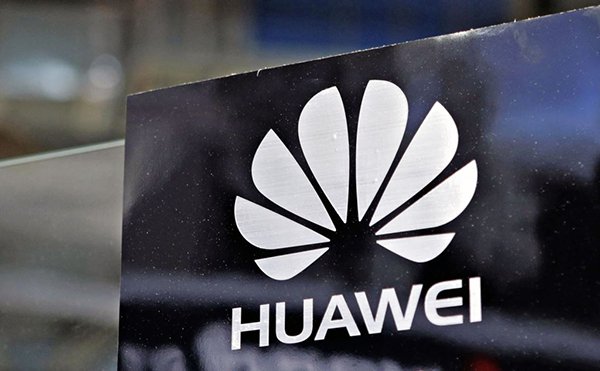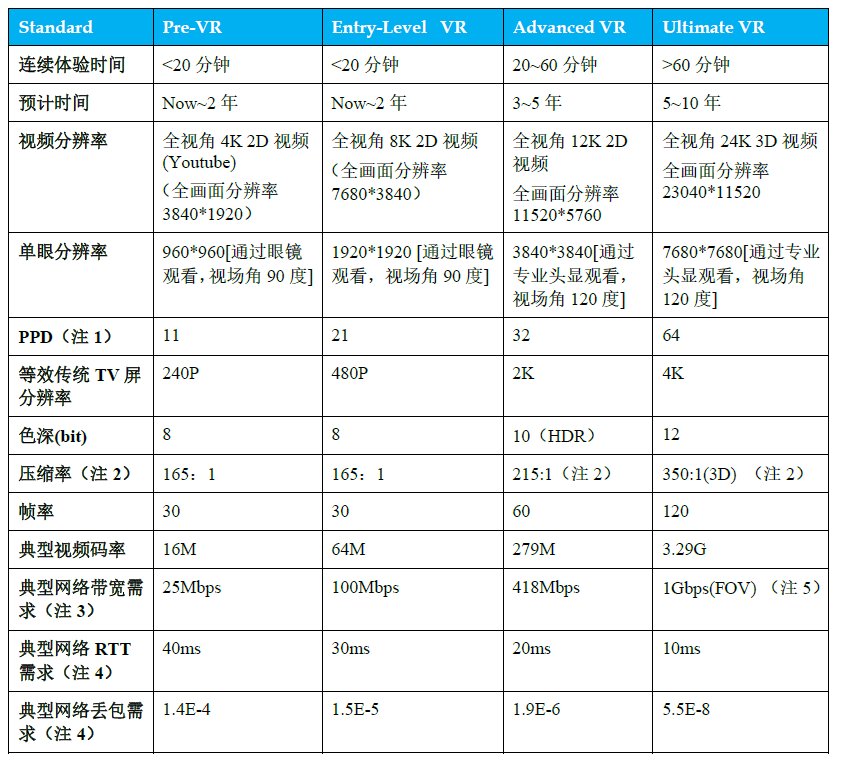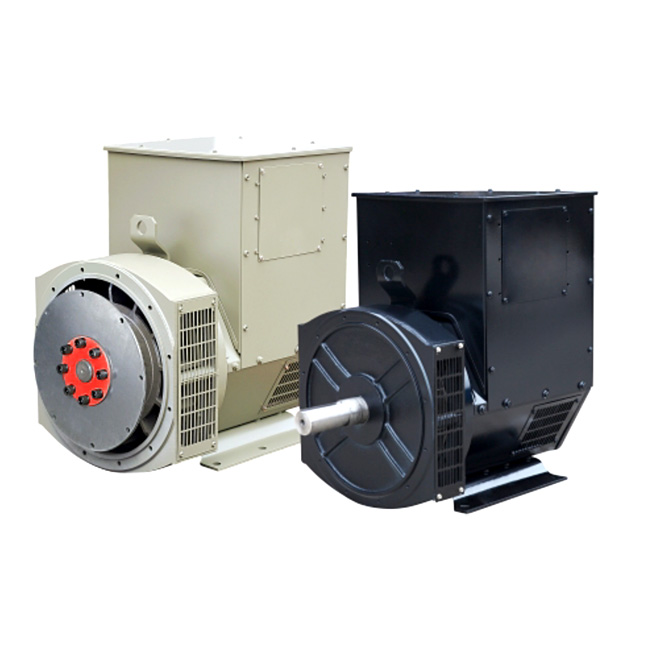[Baidu VR article, reproduced please indicate the source] Recently, Huawei officially released the White Paper on Bearer Network Requirements for VR Services (hereinafter referred to as "White Paper"). This white paper focuses on VR (Virtual Reality), a popular business in the industry, and analyzes in depth the requirements of VR on bearer networks, and points out the future development path and direction of bearer networks. As the industry's first systematic technical clarification on the requirements of VR bearer networks, the white paper is conducive to promoting the development of VR industry. VR will become one of the important communication and entertainment methods in the future. It is called "next generation Internet" and "next generation computing platform" in the industry, and the application scenario and development space are huge. VR has three major elements: 1, Spatial - The user's perceived virtual environment information is a three-dimensional space, containing a large amount of information; 2, Interact (Interact) - the user can interact with the spatial data in the virtual environment and other users, information in the user to form a connection and flow; 3, Real-time (Real-Time) - The user's information interaction in the virtual environment is real-time, requiring real-time information connection. Not only that, the white paper also pointed out that 360-degree video will be the first prosperous online VR business, and the user penetration rate of 360 video services and its traffic trend are crucial to the analysis of bearer network architecture impact. It is expected that the global Internet users will reach 4.4 billion by 2020, while the VR entertainment video penetration rate will reach 0.55%, and the VR event live broadcast penetration rate will reach 0.65%. Among them, Huawei also made predictions on the viewing time of 360-degree entertainment videos. The viewing time of current 360-degree videos is about 10 minutes, and it is expected that the maximum time can reach 60 minutes in 2020 and 120 minutes in 2025. For the 360-degree video event live broadcast, its applications are mainly major events and hot events. The ratings of major events are 8% to 15%, and the ratings of hot events are 2% to 8%. For a 360-degree video quality experience. The white paper pointed out that due to the difference between visual full-angle and FOV in virtual reality, the resolution of OTT video in the traditional sense corresponds to the spherical full-angle resolution of VR 360 video, and the true VR 360 video quality experience is monocular resolution (FOV). Resolution), which can be scaled to the number of pixels per angle (PPD) visible in the FOV area. The higher the PPD value, the better the pixel density of the field of view. The PPD that the user can distinguish from the normal force is 60. If the PPD is greater than or equal to 60, the average human eye will not be able to distinguish the pixel spacing. Because the immersive terminal (HMD) of VR has much higher field of view than traditional terminals (TV/PC/Pad/Phone), it is decided to achieve the same level of quality experience. The same PPD requires VR 360 video to have higher Single-eye resolution and full-view resolution. Full-view 4K resolution is far from satisfactory video quality, and increasing the resolution to 8K and above is a must. Taking FOV=90 ​​as an example, when the full-view resolution reaches 8K, the single-eye resolution is 1920 x 1920, corresponding to PPD=22; when the full-view resolution is upgraded to 12K, the single-eye resolution is 2880×2880, and the PPD only increases to 32. Huawei believes there are two main technical routes for online transmission of VR 360 video, namely the full-view transmission scheme and the FOV transmission scheme. The full-view transmission scheme transmits 360-degree surround pictures to the terminal, but the bandwidth requirement is extremely high. Take the extreme panoramic VR video of the single-eye 8K as an example, the bandwidth required for viewing reaches 5G. The FOV transmission scheme mainly transmits the visible picture in the current view. In the FOV-based transmission scheme announced by Facebook, a total of 30 viewing angles have been defined. The file size for each perspective, which is only 20% of the original file, corresponds to only 20% of the original transmission rate, which greatly reduces the viewing of VR videos. Bandwidth requirements. However, the sum of the video file size of all the perspectives of this scheme is 6 times that of the original file, and it will take up more storage space on the server. Huawei's white paper on bearer network requirements for VR services analyzes the evolution of the VR 360 video experience through the following stages: early development stage, entry experience stage, advanced experience stage, and ultimate experience stage. The current stage of development belongs to the early stage of VR development and has not yet entered the entry experience phase. According to the above figure, we can see that ordinary broadband Internet access, the general peak (short) in the 20M ~ 30M can get a very good online experience, but for high-definition video, 4K/8K video, to get a good experience, there must be continuous The 30M ~ 100M bandwidth guarantee, and for VR video, to get a good user experience, you need ultra-Gbit home bandwidth. ST/STC Series Single / Three Phase A.C. Synchronous Generator / Alternator
This series generators are to be used in town, countryside, worksites, mountain and pasture as electric power source for lighting purpose, it can also he used as reserved power source for emergent case using. both of them have Excellent dynamic performance, convenient and reliable in operation. These generators are excellent in appearance and easy to maintain. Dimensions are adopted according to I.E.C Standards.
♦100% copper wire and 100% output, 2/3 pitch winding
Ac Generator,Alternator Generator,Ac Alternator,Ac Generator Motor FUZHOU LANDTOP CO., LTD , https://www.landtopcos.com






LTP Series brushless three phase A.C. Synchronous Generator /Alternator
♦ Brushless AC single or three phase generator head for engine
♦The voltage from 110V-690V(3 phase)/ 110V - 240V(1 phase) , can be adjusted up slightly.
♦Insulation Class H, IP23 Ingress Protection.
♦Shunt excitation with AVR SX460
♦Single bearing and double bearing can be choosed
